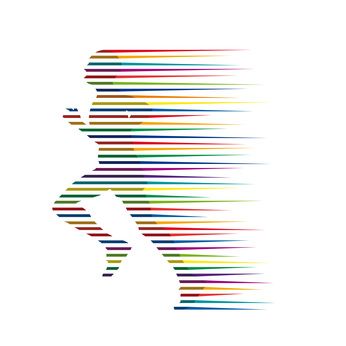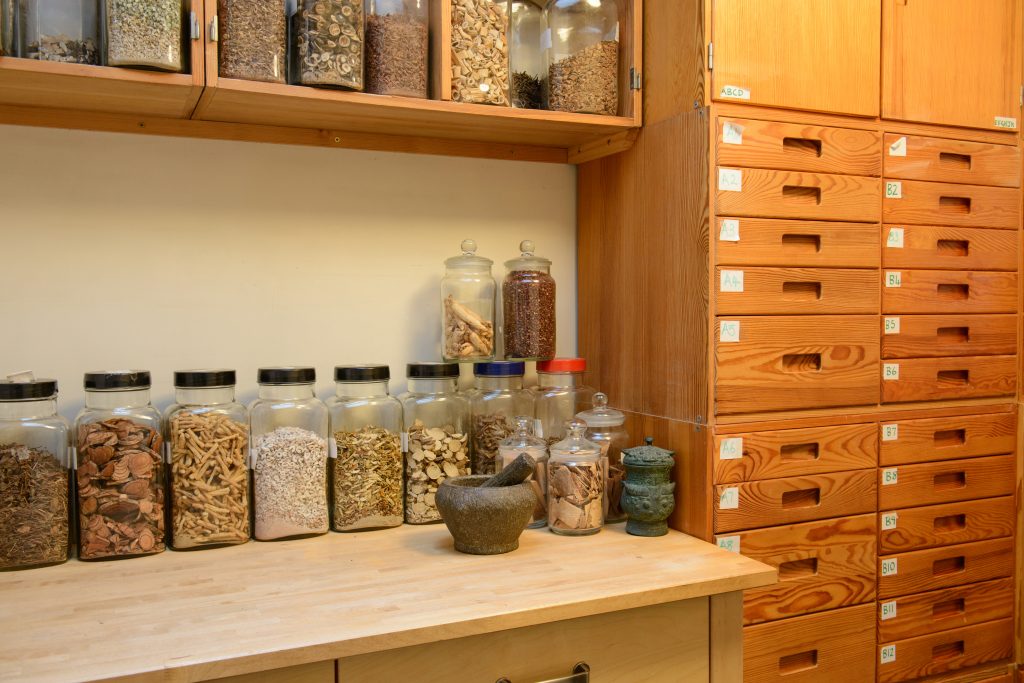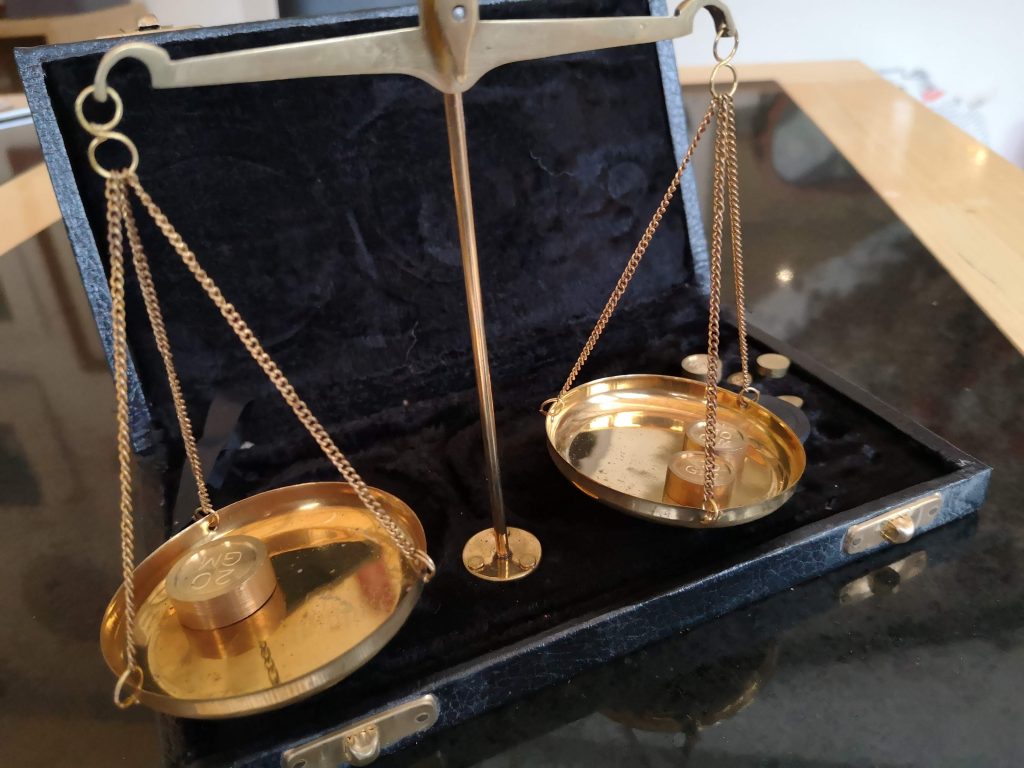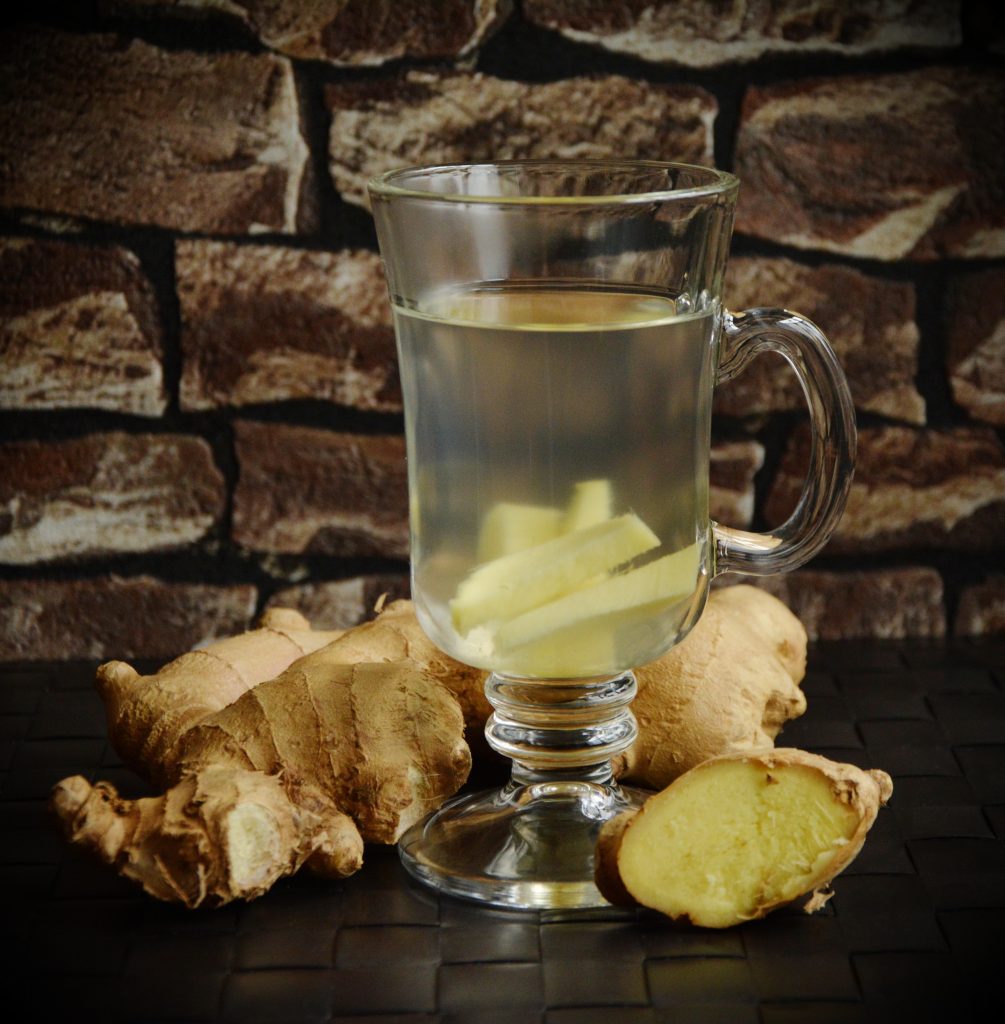Subscribe to the Newsletter
If you are interested in understanding how Traditional Chinese Medicine can improve your life sign up to my newsletter for the latest updates.

Wind-Water invades Lungs? This is a syndrome in Chinese medicine. That means it describes a set of symptoms that is understood and can be treated by this 3000+ year old system of medicine.
However, it has to be said that if you develop this syndrome you probably won’t be thinking of visiting your friendly neighbourhood acupuncturist. You’ll be heading for the nearest Accident and Emergency department. Your family will be worried, rightly.
I therefore think this page won’t be read much by patients, except perhaps after the event. If you are a patient reading it, and not a student or practitioner of Chinese medicine, I apologise if it therefore seems a bit heavy on terminology, yin, yang and such.
These can develop fast.
From the perspective of Chinese medicine, Wind-Water invades Lungs occurs because of an invasion by Wind-Cold, with Dampness.
These are diagnosed as having invaded your Lungs, which is different from how Western medicine would diagnose it. Western medicine probably sees this as due to kidney insufficiency, and looks for a bug (virus or bacteria) to blame.
According to Chinese medicine, if there is any bug in the system, its importance is minimal, because Wind-Cold syndromes aren’t usually caused by bugs.
But if/when medics test your urine, they’ll find a bug, trust me! We’ve all got a few bugs down there, but if you’re healthy, the ‘bad’ bugs are held in check by good bugs.
Or perhaps the ‘bad’ bugs are holding the ‘good’ bugs in check! But according to Chinese medicine, bugs don’t constitute the main cause, although they could follow later as a secondary effect.
To make more sense of this, you need to read a bit about the Lungs in Chinese medicine, and what their functions are. An important part of what they do is to order the movement of fluids in your body, and to be in charge of the first line of defence against attack from outside, including your skin – like the walls of a castle.

When Wind-Cold with Dampness invades, it blocks the normal movements of the Lungs, and their control of the ‘water passages’. Consequently your skin accumulates water and you find it hard to breathe properly, causing breathlessness and a cough.
You may wonder why your face is the first place to accumulate swelling: that’s because another of the Lungs’ functions is to send things downwards. (You use this property of your lungs when, if stressed, you use deep breathing to calm yourself down.) When that fails, your face blocks up. You see this in another way when your nose blocks up during a cold and you get sinusitis, though this comes more with an invasion of Wind-Heat.
Had you been
So ask yourself, where did you go wrong?!
Wind-water invades Lungs is a syndrome in Chinese medicine, so Chinese medicine has ways to treat it. So does your Western medicine doctor, but I suggest you don’t try both paths at the same time. One might muddy the waters for the other.
However, do not delay in seeking whichever treatment you choose.
Why? – because if this syndrome Wind-Water Invades Lungs gets worse, it could start to adversely affect your kidneys, blocking them up too.

Containing water and Damp, Wind-Water invades Lungs is a very Yin pathogenic factor, and quickly exhausts your Yang resources, meaning your Kidney Yang and your Spleen Yang energies.
The ‘wind‘ part of the syndrome makes if fast-acting. Hence you need quick treatment.
Having your Lungs blocked up is one thing. Having your Kidneys blocked up too is bad news. The right treatment, early, prevents this.
In Chinese medicine, there are several powerful ways to do this:

If Wind-Water Invades Lungs develops fast, as it usually does, there won’t be time for you to do much except seek help.
However, reasoning from the fact that Wind-Water Invades Lungs is an invasion by strong mostly Yin forces, you may be able to help yourself by


Click to read about acupuncture points along the Lung channel.

Stay in Touch!
No spam, only notifications about new articles and updates.

Book a Video consultation if you want to know more about your symptoms

Why You get Nervous Stomach Anxiety and How to Handle It. Acupuncture has great ways to help.
Subscribe to the Newsletter
If you are interested in understanding how Traditional Chinese Medicine can improve your life sign up to my newsletter for the latest updates.
Subscribe to the Newsletter
If you are interested in understanding how Traditional Chinese Medicine can improve your life sign up to my newsletter for the latest updates.